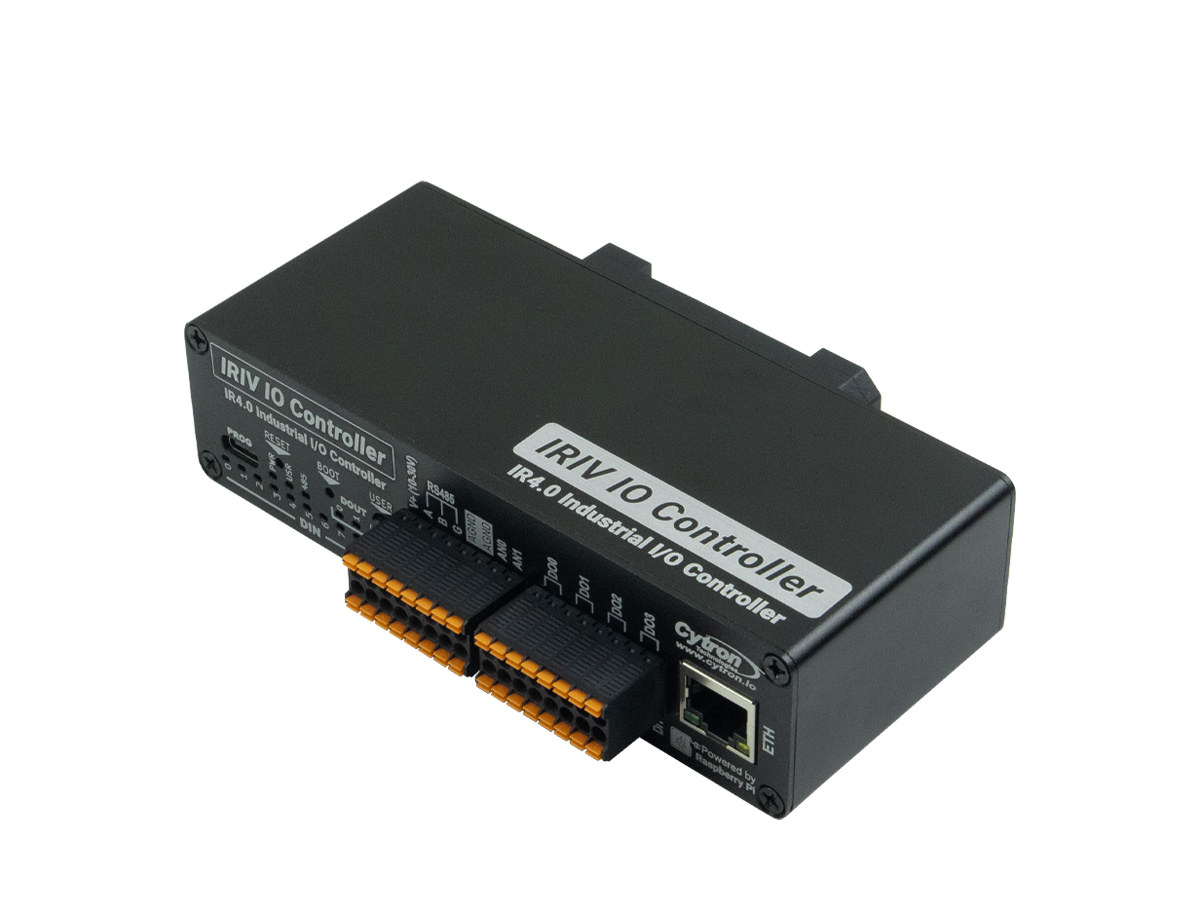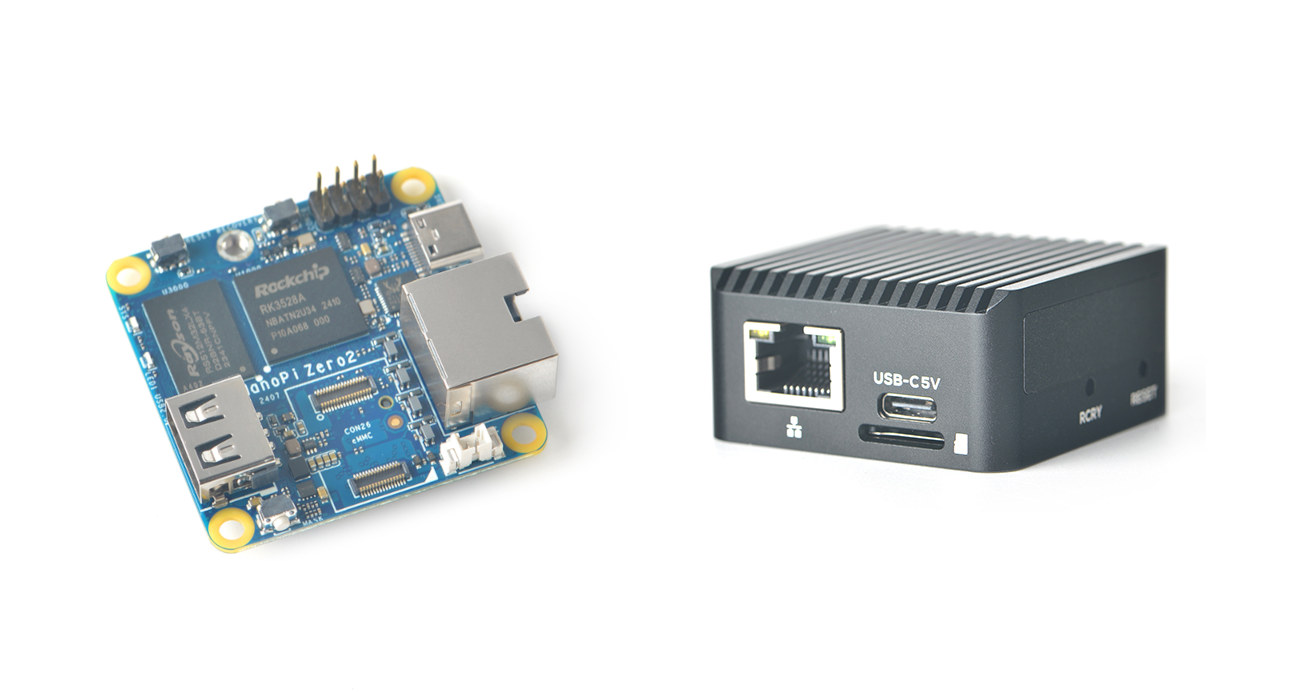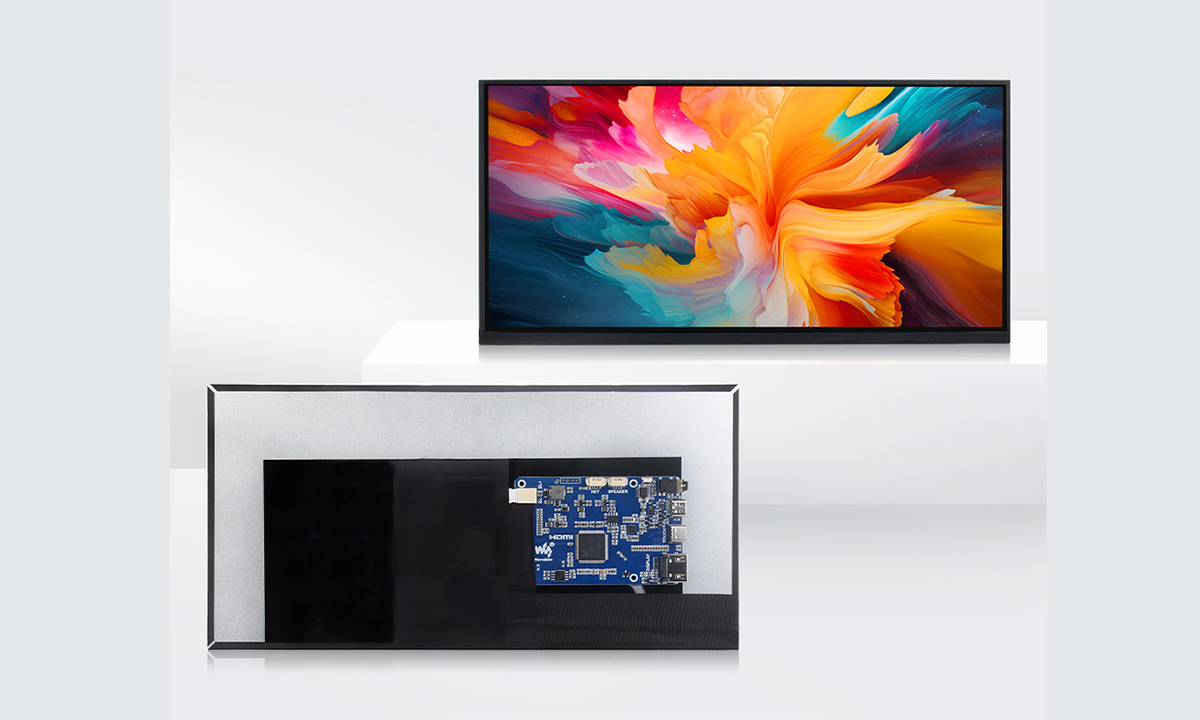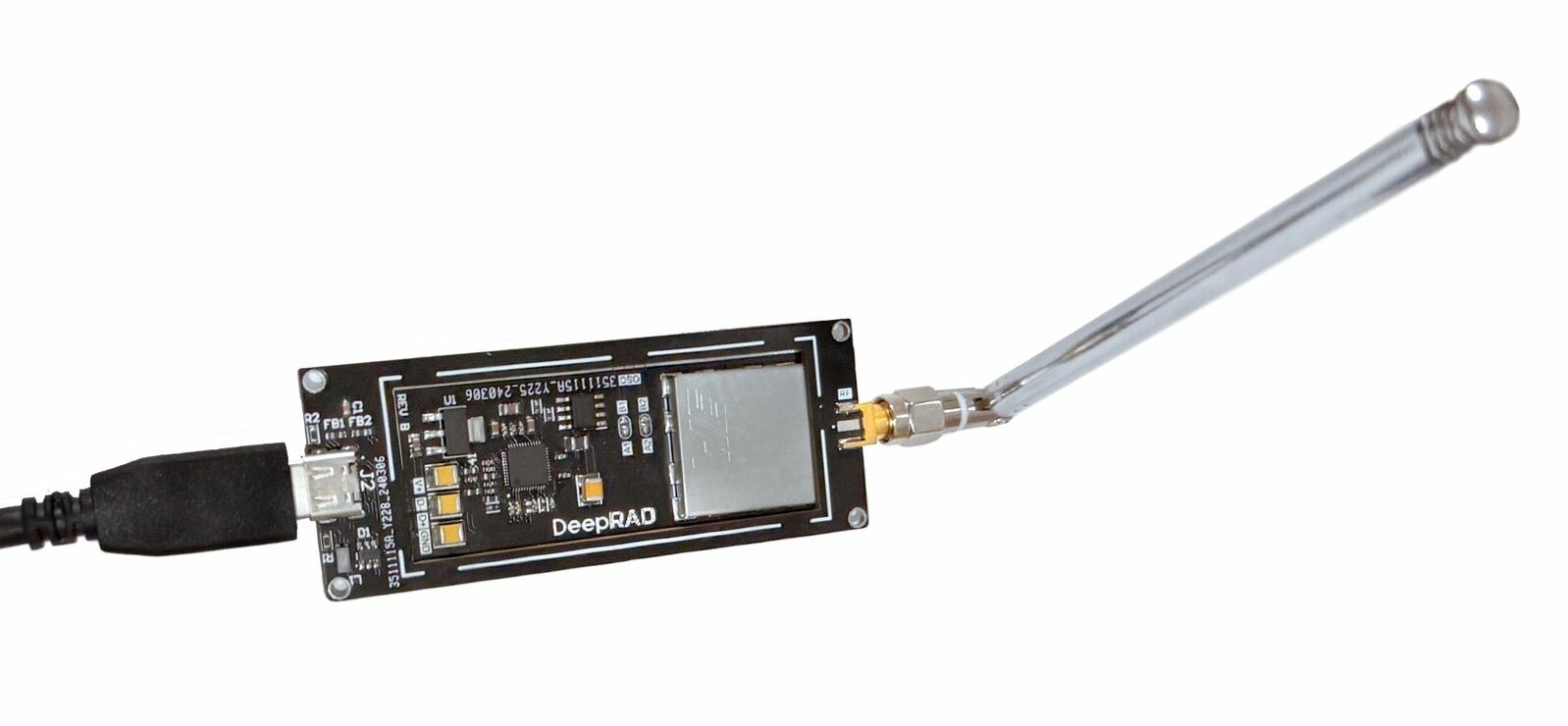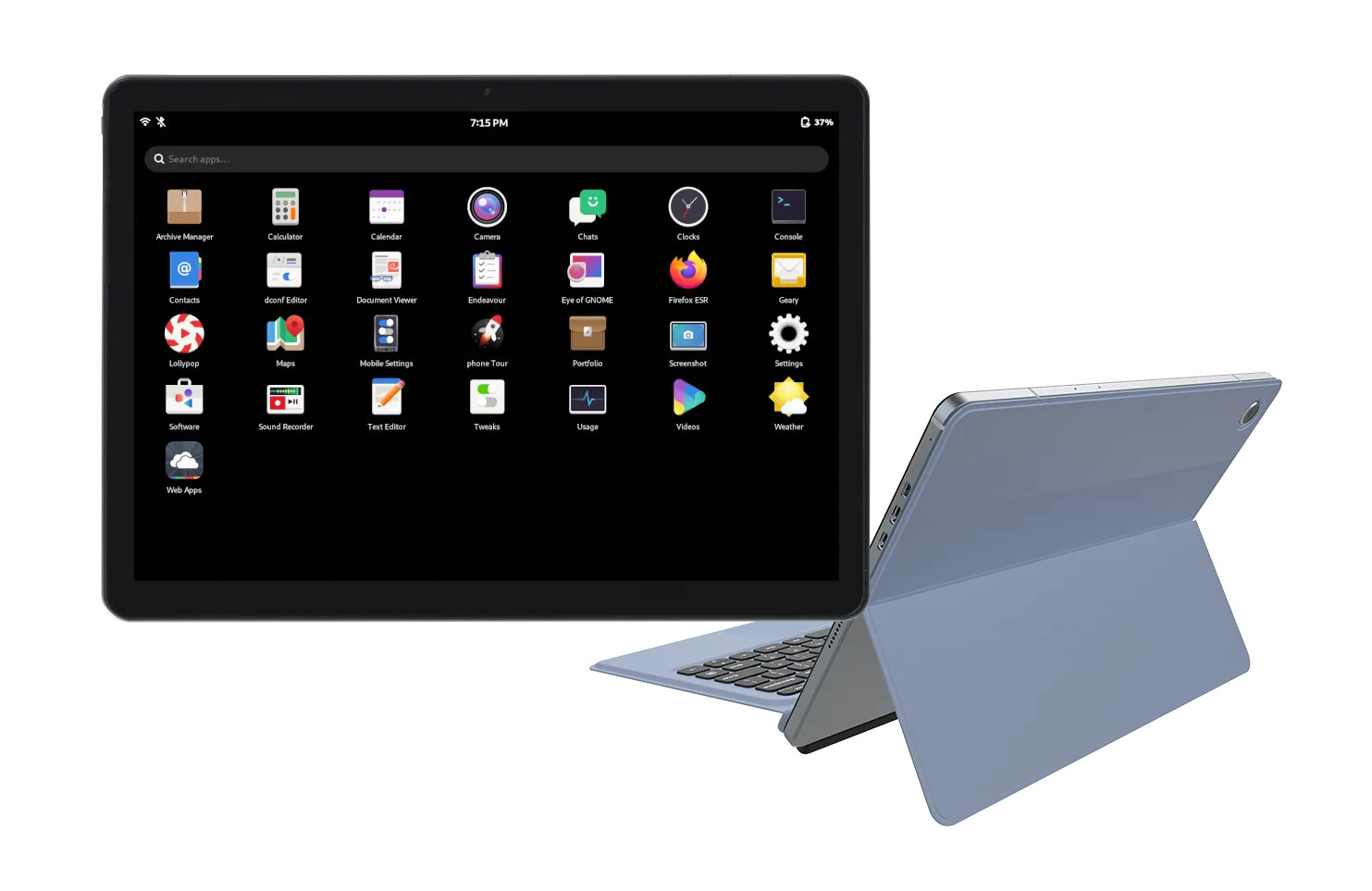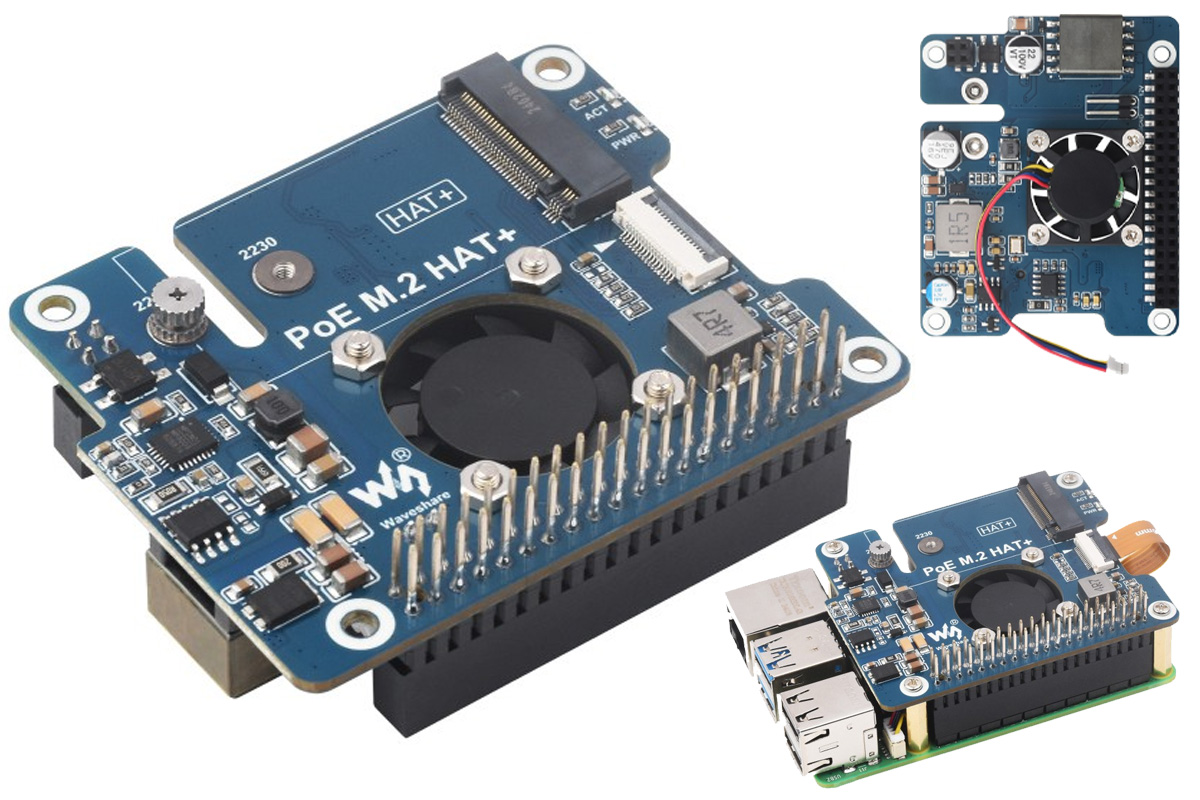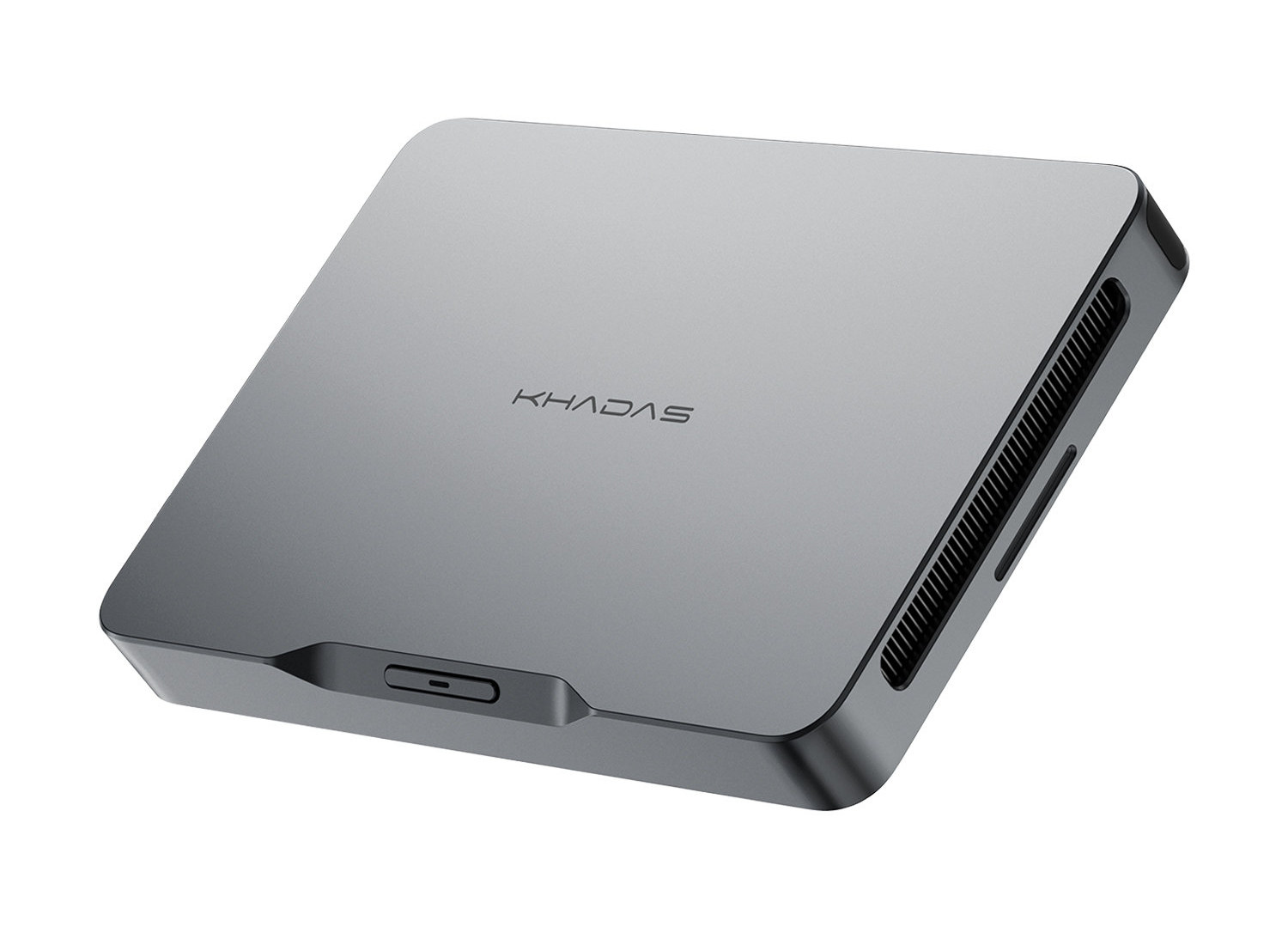Cytron IRIV IO Controller is an “Industrial Revolution 4.0” (or Industry 4.0) controller based on the Raspberry Pi RP2350 microcontroller that comes with an Ethernet port implemented through the W5500 chipset, and several isolated interfaces such as DI and DO up to 50V, two analog inputs, and RS232 and RS485 serial interfaces accessible through terminal blocks. Last year, the company introduced the Cytron IRIV PiControl industrial controller based on the Raspberry Pi CM4 module, and the IRIV IO Controller is a much cheaper solution using a subset of the features and a design that looks similar. IRIV IO Controller specifications: Microcontroller – Raspberry Pi RP2350A CPU Dual-core Arm Cortex-M33 @150MHz with Arm Trustzone for secure boot Dual-core 32-bit Hazard3 RISC-V @ 150MHz Up to two cores can be used at the same time Memory – 520 KB on-chip SRAM in 10 banks Storage – 2MB flash memory Networking – 10/100M […]
NanoPi Zero2 is a tiny headless Arm Linux computer with Gigabit Ethernet, a USB port, and an M.2 Key-E socket for WiFi
FriendlyELEC NanoPi Zero2 is one of the world’s smallest Arm Linux computers with the 45x45mm board featuring a Rockchip RK3528A quad-core Cortex-A53 processor, up to 2GB RAM, microSD and eMMC flash module sockets for storage, a Gigabit Ethernet RJ45 jack, an M.2 socket for WiFi, a USB Type-A port, and a 30-pin GPIO FPC connector for expansion. When I went to find more information about the earlier NanoPi Zero, I quickly realized… it did not exist, and the closest thing we have is the ZeroPi released in 2019 with an Allwinner H3 Cortex-A7 processor and an even smaller 40x40mm form factor. The NanoPi Zero2 comes with a 64-bit processor, more memory, and optional support for an M.2 WiFi module among other improvements. It’s designed for headless applications since there’s no video output/display interface. NanoPi Zero2 specifications: SoC – Rockchip RK3528A CPU – Quad-core ARM Cortex-A53 @ 2.0 GHz GPU – […]
11.6-inch touchscreen display with In-Cell technology packs IPS panel and 10-point touch into a single layer
Waveshare has introduced an 11.6-inch touchscreen LCD with in-cell technology and 1768 × 828 resolution. The display comes with an IPS panel, a 10-point capacitive touchscreen, and supports HDMI and Type-C interfaces. It includes brightness control through the OSD menu and DDC/CI software. The screen offers a 178° viewing angle and 72% NTSC color gamut, delivering 300cd/m² brightness. While we haven’t yet covered such a large screen with in-cell technology, we previously reviewed the Elecrow CrowVi VF156T, a 15.6-inch ultra-thin IPS touchscreen display. This portable display features mini HDMI and USB-C input ports, making it compatible with various devices, including Windows 11 and Linux mini PCs, laptops, SBCs like the Raspberry Pi 5, and smartphones that support USB-C with DisplayPort Alt mode. Other touchscreen displays with HDMI and/or USB-C input include Desklab ultrathin 15.6-inch display, DFRobot 7-inch display, and many others. Waveshare 11.6-inch touchscreen display specifications: Display Display Size – […]
DeepRad is a cheap, modular SDR receiver based on the RTL-SDR (Crowdfunding)
DeepRad is a software-defined radio (SDR) receiver built in the RTL-SDR form factor. The modular SDR receiver offers advantages over other RTL-SDR-based devices which make it easier to integrate with other components and build custom solutions for your specific applications. The DeepRad SDR receiver is based on the RTL-SDR dongle and features the same Realtek RTL2832U demodulator chip with an R860T tuner. The module features D+ and D- pins for USB connection, V+ for 5 V power supply, solderable jumpers for oscillator selection, an RF pin for antenna connection, and 8 shield pin connectors for shielding and support. The module is targeted at custom designs, with the user free to choose the best components for their application. It is as versatile as a typical SDR receiver, with applications ranging from FM radio listening to aircraft tracking. We have previously covered other RTL-SDR receivers, such as the KrakenSDR and the RTL-SDR […]
Juno Tab 3 is a pricey 12.1-inch Linux tablet powered by an Intel Processor N100 CPU
Juno Tab 3 is a rare Linux tablet running Mobian Phosh, Ubuntu, or Kubuntu on an Intel Processor N100 quad-core Alder Lake-N processor and equipped with a 12.1-inch touchscreen display with 2160×1440 resolution. We’ve covered many Intel N100 hardware platforms, mostly mini PCs, and the closest thing to a tablet was the Higole F9B Pro mini PC with a 7-inch touchscreen display and a 26mm thick design. The Juno Tab 3 is a proper Linux tablet with an Intel N100 CPU, 12 GB RAM, 512GB SSD, and a 12.1-inch touchscreen display in an 8.7mm thin design. Juno Tab 3 specifications: SoC – SoC – Intel Processor N100 quad-core Alder Lake-N processor @ up to 3.4 GHz (Turbo) with 6MB cache, 24EU Intel HD graphics @ 750 MHz; TDP: 6W System Memory – 12GB LPDDR5 4,800MT/s Storage 512GB, 1TB, or 2TB M.2 SATA 2242 SSD MicroSD card reader Display – 12.1-inch […]
Low-cost Raspberry Pi 5 HAT+ combines M.2 socket for NVMe SSD and PoE power input
With a cost of only about $25, Waveshare has recently introduced the PoE M.2 HAT+ for the Raspberry Pi 5, which is much cheaper than the similar N-Fuse PoE HAT that we’ve written about previously. As the name implies, this new Waveshare board supports Power over Ethernet (PoE) and features an M.2 slot to add NVMe SSD storage to the latest Raspberry Pi SBC. This new Waveshare HAT complies with the 802.3af/at standards and can deliver up to 25.5W of power to the Pi 5, enabling both power and network connectivity over a single Ethernet cable. Additionally, it features onboard 5V & 12V header outputs for powering additional devices like cooling fans, and there are also two LEDs for status. A fast storage device and the ability to power the device with ethernet makes this device suitable for applications such as network-attached storage, media centers, and edge computing applications. Waveshare […]
The Epi C3 is a tiny ESP32-C3 development board with USB-C and an onboard antenna
The Epi C3 is a small development board based on the Espressif ESP32-C3 microcontroller with a USB-C connector for power and programming and an onboard ceramic antenna for wireless applications. We have previously covered several tiny ESP32-C3 development boards such as the Microflex series, ESP32-C3-0.42LCD, the XIAO ESP32C3, and LOLIN’s C3 Mini and C3 Pico. The Epi C3 claims the title of the “smallest ESP32 dev board with USB-C and an onboard antenna.” It uses a Johanson ceramic antenna with a “surprising range for its size” and the USB-C port is sunk into the board to reduce footprint. The ESP32-C3 microcontroller on the Epi C3 board is much more powerful than the 8-bit AVR chip on its predecessor, the Epi 32U4. The Epi C3, however, retains many of the older board’s protective features, including TVS diodes on the USB data lines and power input, a 500mA on the USB power […]
Khadas Mind 2 portable mini PC gets Intel Core Ultra 5 125H or Ultra 7 155H update, USB4 and Thunderbolt 4 interfaces
Khadas Mind 2 is an update to the Raptor Lake-powered Khadas Mind portable mini PC offered with either an Intel Core Ultra 5 125H or Core Ultra 155H Meteor Lake processor. It ships with up to 64GB LPDDR5, PCIe 4.0 storage, and adds Thunderbolt 4 and USB4 interfaces that were missing from the first model. We reviewed the original Khadas Mind Premium with both Windows 11 and Ubuntu 22.04, and its dock, and it was indeed a pretty cool, albeit pricey, device with features like a small built-in battery to move the computer from one room to another without turning it off, and the Mind Link interface enabling connecting to the Khadas Dock for extra peripherals, the Mind Graphics for higher-end graphics, and more. Limitations included the lack of USB4 and 2.5GbE ports and the Khadas Link was limited to 64GT/s, but the second generation model addresses most of these […]


